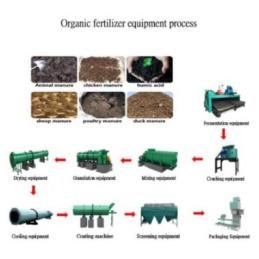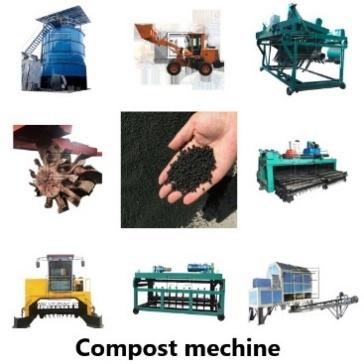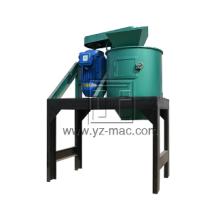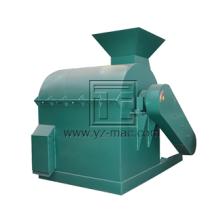Organic Fertilizer Production Technology
Organic fertilizer production technology involves a series of processes that transform organic materials into high-quality fertilizers that are rich in nutrients and beneficial microorganisms. Here are the basic steps involved in organic fertilizer production:
1.Collection and sorting of organic materials: Organic materials such as crop residues, animal manure, food waste, and green waste are collected and sorted for use in the production of organic fertilizer.
2.Composting: The organic materials are then subjected to a process of aerobic decomposition, known as composting, to break down the materials and create a nutrient-rich fertilizer. The composting process can be done using different techniques, such as windrow composting, vermicomposting, or in-vessel composting.
3.Crushing and screening: Once the compost is ready, it is crushed and screened to create uniform-sized particles that are easier to handle and apply.
4.Mixing and blending: The crushed and screened compost is then mixed with other organic materials, such as bone meal, blood meal, and fish meal, to create a balanced and nutrient-rich fertilizer.
5.Granulation: The mixed fertilizer is then granulated or pelletized to create a more uniform and easy-to-apply product. This is done using a granulation machine, which compresses the fertilizer into small pellets or granules.
6.Drying and cooling: The granulated fertilizer is then dried to remove any excess moisture and cooled to room temperature.
7.Packaging: The final step in organic fertilizer production is packaging the product in bags or containers for storage and distribution.
By using organic fertilizer production technology, organic waste can be transformed into a valuable resource that can help to improve soil health, increase crop yields, and reduce the need for synthetic fertilizers.







